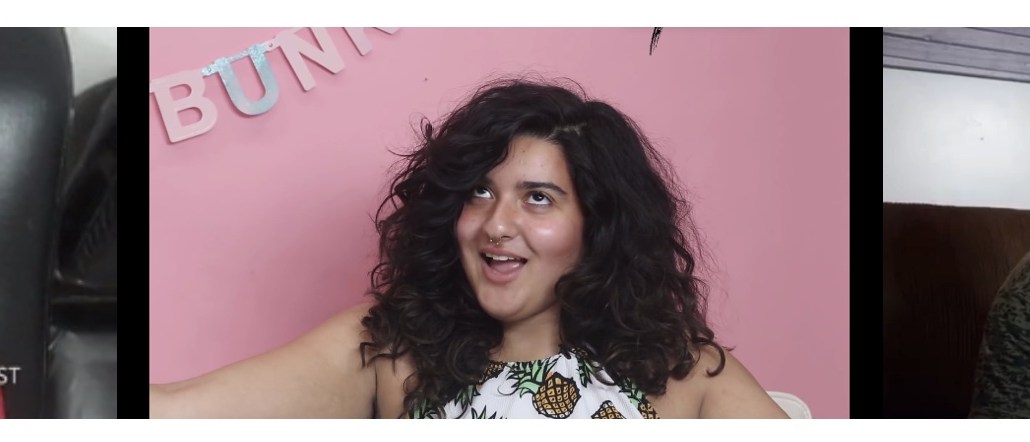
Marketers aren’t the only people turning to influencers to help build their brands. Thanks to a confluence of industry trends — more emphasis on content distribution, influencer marketing becoming a stable part of the marketing mix, the rise of video — media companies are tapping influencers to try to build editorial brands around them too.
The methods and motives vary. The Odyssey, a venture-backed startup that began on college campuses, gathers up people who are experts or authorities in certain areas, then gives them tools to publish both text and video posts and connects them with advertisers for sponsored-content campaigns; Galore, a media company that also owns a talent agency called Kitten, presses its influencers into service to create video series, host events and serve as raw material for stories written by a small team of staff writers; and Green Label, an established digital lifestyle brand created by Mountain Dew and Complex, turned to Epic Signal to create its very own multichannel network, with an eye toward not just driving video views, but toward building awareness of Mountain Dew as a content brand and destination on YouTube and elsewhere.
All three speak to a broader trend. As influencers become a stable part of the marketing mix, advertisers are going to look for ways to forge deeper connections with them. That gives publishers an incentive to cuddle up too, offering them not just another platform to connect with audiences, but a place to develop their creative talents too. “I think these long-term partnerships are really the next phase, and something brands are really going to have to start doing,” said Brendan Gahan, Epic Signal’s founder.
None of these editorial companies started out with this strategy in mind. The Odyssey began as a local news startup oriented around college campuses; Galore was a media company targeting girls and women between 16 and 28; and Green Label, a lifestyle brand created by Complex and Pepsico, has done everything from putting out records to launching its own magazine.
But over the past couple years, the momentum — and marketer interest — in influencers started to pique publishers’ interest. “That first year, we were working with Gigi Hadid and Emily Ratajkowski,” recalled Mike Albanese, Galore’s CEO. “And as we were doing it, every time we’d see them, they’d have another 100,000 Instagram followers.”
Ad position: web_incontent_pos1
That growth helped nudge Galore into launching Kitten, its talent agency, in 2014. But it also encouraged Albanese and the company’s two creative directors, Prince Chenoa and Jacob Dekat, to think of Galore and Kitten as complementary endeavors, where the social distribution powers of its talent could grow Galore, which could in turn provide Kitten talent with more opportunities to work with brands and also create another platform to showcase its talent on. “[With Galore], it was editorial first, influencer second, but now they’re two sides of the same coin,” Albanese said.
Today, the creators that appear on Galore and Kitten have an audience that reaches some 40 million people across platforms including Snapchat, Instagram and YouTube, and brands including L’Oreal, Guess and Buffalo Jeans have signed on to do branded content.
An editorial infrastructure can strengthen that virtuous cycle in other ways. While investment in influencer marketing has been surging, many brands have been reluctant to get involved, mostly because a lot of the influencers out there are too scruffy or unpredictable. That’s why The Odyssey, which generates more than 50,000 pieces of written content every month and expects to reach similar output levels for video in the next six months, spent nearly a year designing content management and workflow systems that enabled it to improve the quality of the writing and video and implement best practices, at scale.
Ad position: web_incontent_pos2
That technology also helps The Odyssey grow its influencers’ brands, too. That same system also helps recommend further content to site visitors, and as of last month, nearly 40 percent of the content consumed on the site was recommended.
“We’re providing them with technology and editing tools,” Odyssey founder Evan Burns said.
Not that all of them need the help. As money has flowed into the influencer space, some its participants have gotten a lot more professional. Green Label committed to creating its own MCN only because it was able to find creators that had the production chops to deliver content that was up to Mountain Dew’s standards. “We’re paying them upwards of six figures,” Epic Signal managing director Hallie Harris said of the talent inside Green Label’s MCN. “We want to make sure we can use them not just as a distribution partner but also as creative and production partners.”
Those investments look like they’re going to pay off. The original goal of the MCN, per Harris, was to deliver 125 million video views over the course of the year; the MCN is already well past 114, with nearly a quarter of the year left.
An established editorial brand might have a harder time fitting influencers into its brand-building efforts. But as branded-content and influencer marketing continue to grow, it’s possible some of them might try.
More in Media

NewFronts Briefing: Samsung, Condé Nast, Roku focus presentations on new ad formats and category-specific inventory
Day two of IAB’s NewFronts featured presentations from Samsung, Condé Nast and Roku, highlighting new partnerships, ad formats and inventory, as well as new AI capabilities.

The Athletic to raise ad prices as it paces to hit 3 million newsletter subscribers
The New York Times’ sports site The Athletic is about to hit 3 million total newsletter subscribers. It plans to raise ad prices as as a result of this nearly 20% year over year increase.

NewFronts Briefing: Google, Vizio and news publishers pitch marketers with new ad offerings and range of content categories
Day one of the 2024 IAB NewFronts featured presentations from Google and Vizio, as well as a spotlight on news publishers.
Ad position: web_bfu